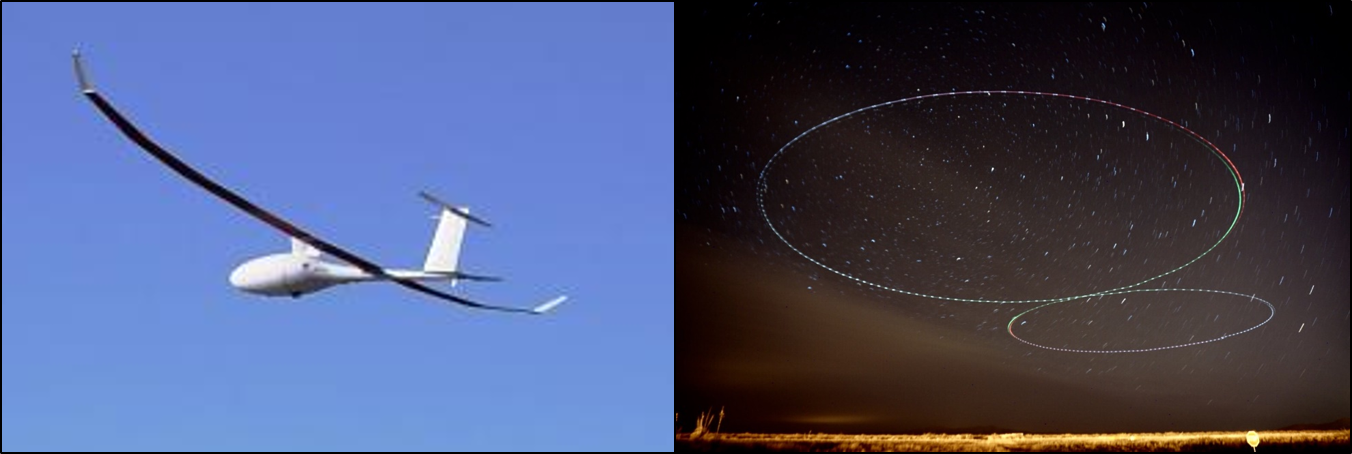Two Days Aloft: 'Vanilla' Drone Breaks Endurance Record

A 56-hour, nonstop, unrefueled flight has set a new world record for endurance.
The VA001, a small unmanned aerial vehicle (UAV) or drone made by Vanilla Aircraft, stayed in the air for more than two days and two nights, setting the record for the craft's weight and power class. After taking off Nov. 30 from New Mexico State University’s Unmanned Air Systems Flight Test Center, the drone flew at an altitude of between 6,500 and 7,500 feet (1,980 to 2,286 meters) and averaged 65.6 mph (105 km/h) before landing on Dec. 2.
The drone project is backed by the Defense Advanced Research Projects Agency (DARPA), the Pentagon's research arm. Drones already play an important role in military efforts, with functions ranging from surveillance missions to equipment delivery, DARPA said. Vanilla's VA001 is designed to stay aloft for up to 10 days of nonstop flight, carrying a 30-lb. (14 kilograms) payload, DARPA said. [Humanoid Robots to Flying Cars: 10 Coolest DARPA Technologies]
Vanilla's record-breaking flight was actually cut short by several days, due to incoming bad weather. When the drone landed, more than half of its fuel was still on board, according to DARPA officials. The agency said the VA001 could set more world records for drones in future flights.
"This record-breaking flight demonstrated the feasibility of designing a low-cost UAV able to take off from one side of a continent, fly to the other, perform its duties for a week and come back — all on the same tank of fuel," Jean-Charles Ledé, DARPA program manager, said in a statement.
Potential applications of the Vanilla aircrafts include UAV-based communications and intelligence gathering, Ledé said. UAVs not only allow for stealth, Ledé said they also reduce personnel and operating costs.
DARPA is working on several drone projects as the technology has continued to advance, the agency said. The "Gremlin" program aims to build swarms of small drones that can be deployed from manned aircrafts to gather intelligence. Another project focuses on the monitoring of small-drone activity in cities. This so-called "Aerial Dragnet" would help the continuous surveillance of drones.
Sign up for the Live Science daily newsletter now
Get the world’s most fascinating discoveries delivered straight to your inbox.
Original article on Live Science.










